First let me get something out of my system: Film should be wet printed! Yeah, and I should be really rich and the whole world should be at peace. Problem is, I don’t have the space and the time needed to wet print, so this is out of the equation.
Then there’s your local friendly photo lab. As much as I am for keeping local businesses in… business, I am definitely not happy with their prints, at least black and white prints.
Leaving only the scanner option…
I tried quite an assortment of film scanners over the past 3 years, ranging from a superb but old and definitely out of warranty Nikon Coolscan IV (LS40) to a Canoscan 9000F MkII.
Let me get it straight, the best one was the Nikon, closely followed by a Plustek 8100, with dedicated film scanners. The bad thing with the Plustek was that you have to load your film frame by frame, so this ties you up 100% near your scanner whereas the Nikon can at least scan strips of 6 negatives in one go. So the Nikon was definitely best… but if ever if breaks you’re out of luck. Over 10 years out of production, no repairs are possible…
Then there were the flatbed scanners I tried, the Canoscan an an Epson Perfection V600. Here we’re talking of a radicaly lower scan quality, at least with my 35mm film. They are faster scanning 12 negatives in one go, but resolution is faaaaaaaar from the advertised 9600 dpi it says on the Canoscan box. Tests I found online find a real resolution of about 1700 to 1800 dpi for these machines… if you use the maximum resolution, giving you huge, bloated files.
Then again, you also have the problem of getting the right colours out of your negatives. Even using the same scanning software (Use Vuescan! – don’t try the original software that comes with the scanners, if it still works on your modern OS, or even Silverfast which in my eyes is a terrible bloatware and exceedingly expensive).
Here are some examples from 3 of those scanners, from the same negative:
Canoscan 9000F MkII
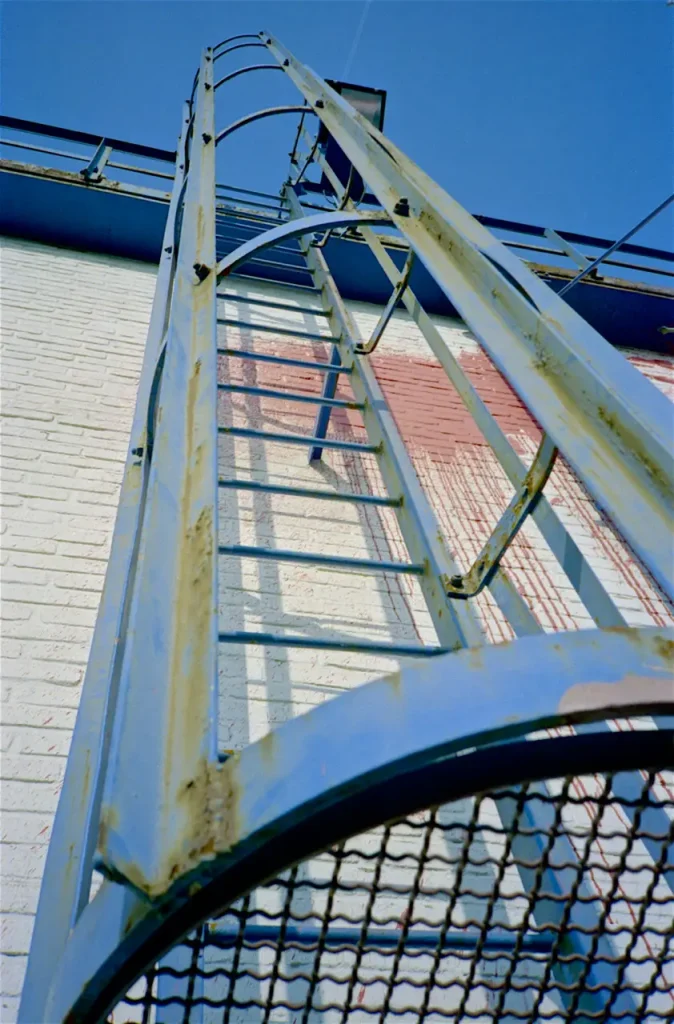
Nikon Coolscan IV (LS40)
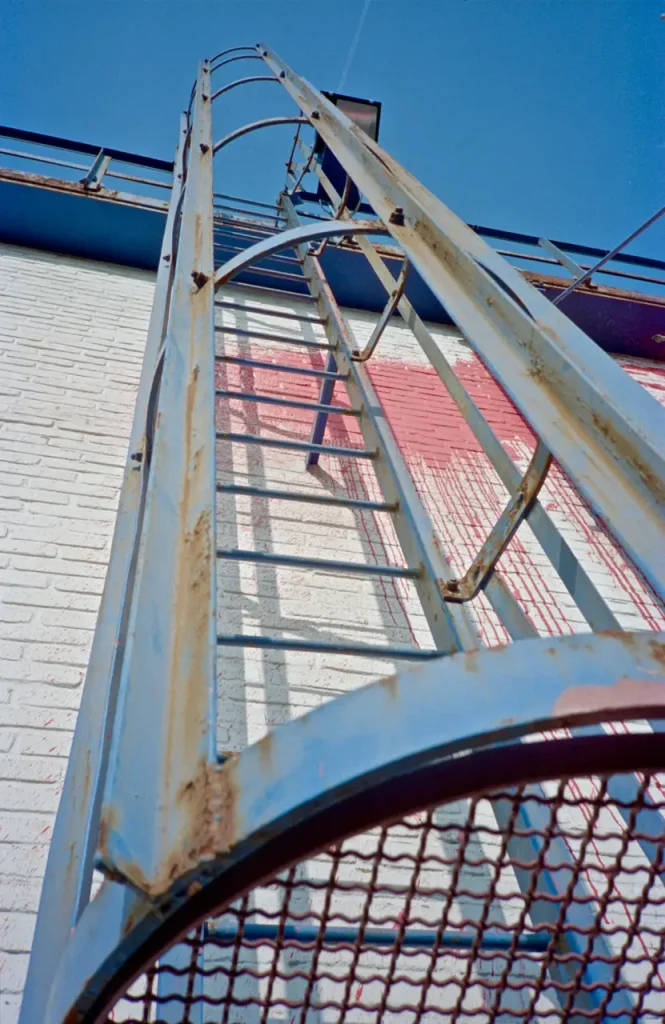
Plustek Opticfilm 8100 (colours are a bit wonky, sorry)
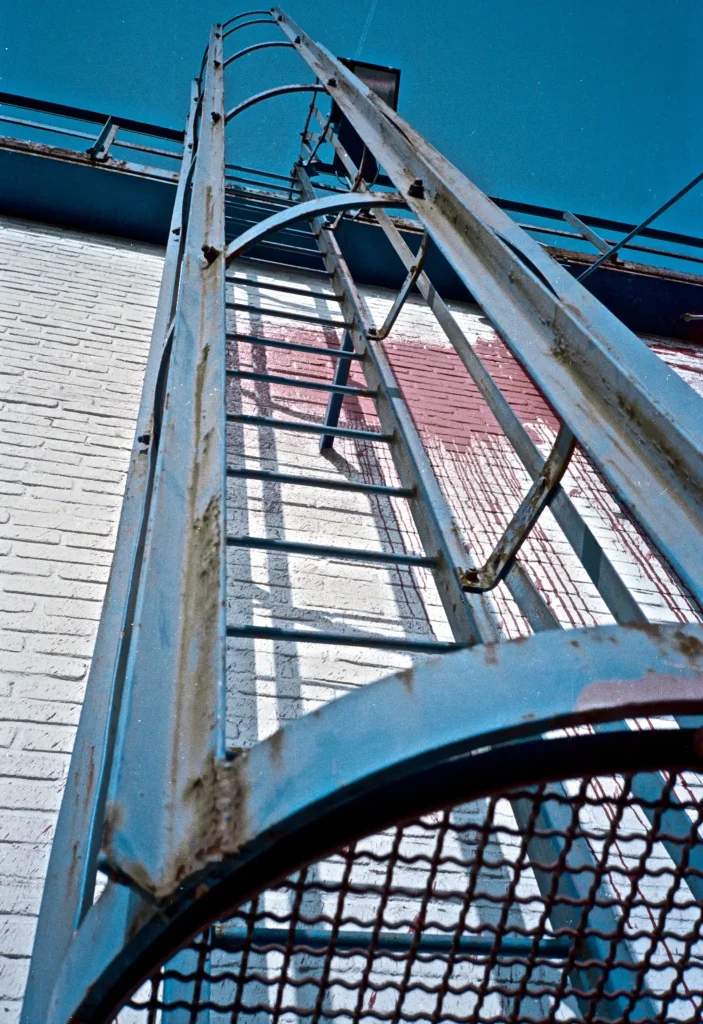
As you can see, the best by far is the Nikon, but the Canon gives usable results if you don’t print too large – but there’s always the nagging feeling that you’re missing out on something.
And then, there’s the time factor! I spend about 2 ½ to 3 hours watching the scanner do it’s thing and processing the pictures, and that’s a lot of time. Time you can use to look at photography books, to talk too your family… time lost!
This makes me ask, why bother with scanning at home? Why spend hours watching Vuescan’s slow progress? Why wondering if your settings were right and if this is really the most you can get out of your scanner? I even tried scanning the raw negatives and converting them with ColorPerfect which gave quite nice results – but doing this negative by negative is very time consuming.
I thought about digital, it’s carefree and time saving nature… I was tempted. But I said NO!, Vade retro Digital.
And then I found a great alternative!
I sent out my latest films to a professional lab, in my case it’s MeinFilmLab in Germany. They will develop and/or scan your films for an appropriate fee, and they do this extremely fast and in a very good quality.
Of course you might still post-process your photos to get them to your liking, but if you chose the neutral setting on their order form you will get VERY good starting point for your post work.
I sent a test-film, shot on my ‘new’ Olympus XA2 as a first test an I way very happy with the results. I chose a highest resolution scan at the cost of 17€ for dev and scanning. Any ‘unsharpness’ might be due to the camera or this old man’s shaking hands.
The film is a Fuji Superia X-Tra 400 that has already quite flashy colours….
They offer as well to storage your negatives for a fee of 10€ for one year and then they send them to you. You can as well chose the scan resolution, color and contrast balance to your liking.
Here are some examples, one post-processed and one straight out of their scanner. The B/W pictures have grain added… not their fault!
Straight from their scanner
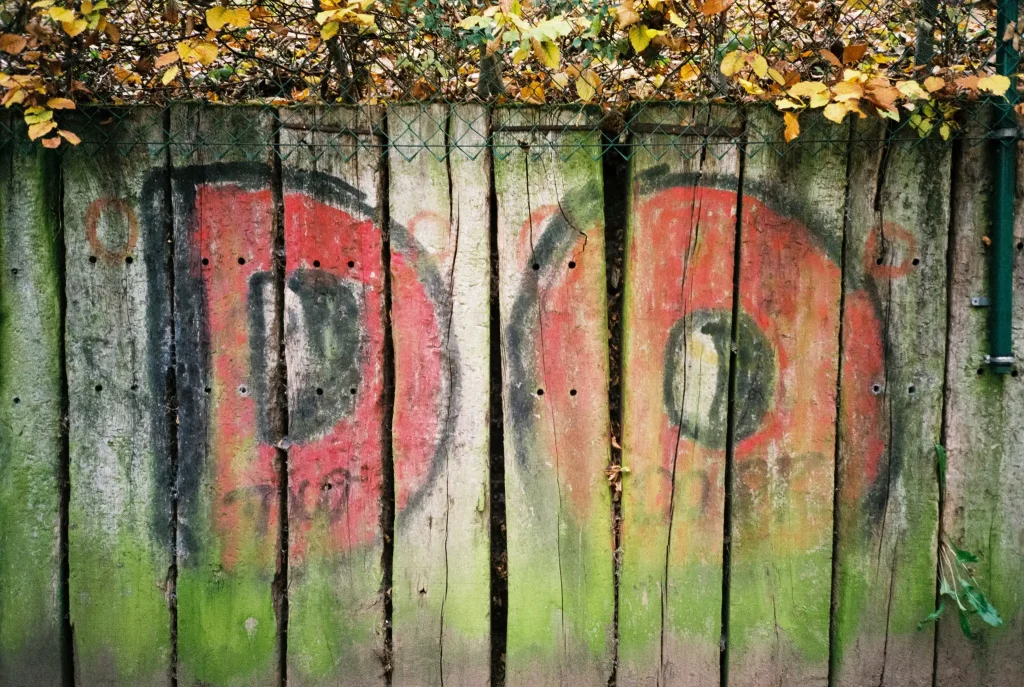
And processed a bit in Lightroom
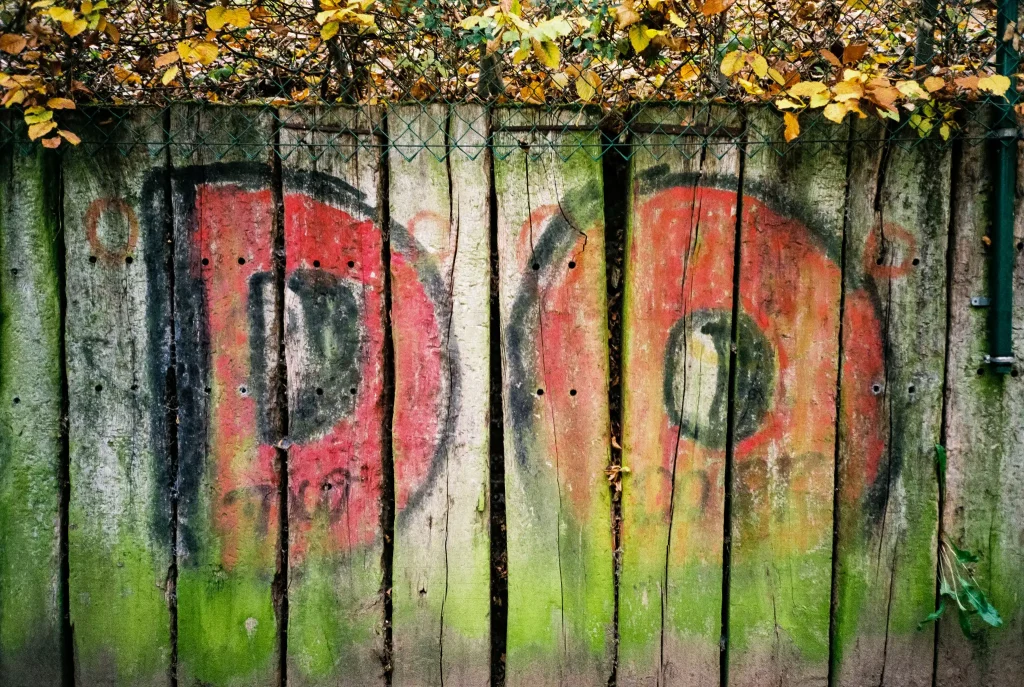
No really, why bother with scanning at home? OK, this comes at a cost, but I won’t shoot more than a roll or four a month, and the cost will stay reasonable.
As promised, here are more examples!
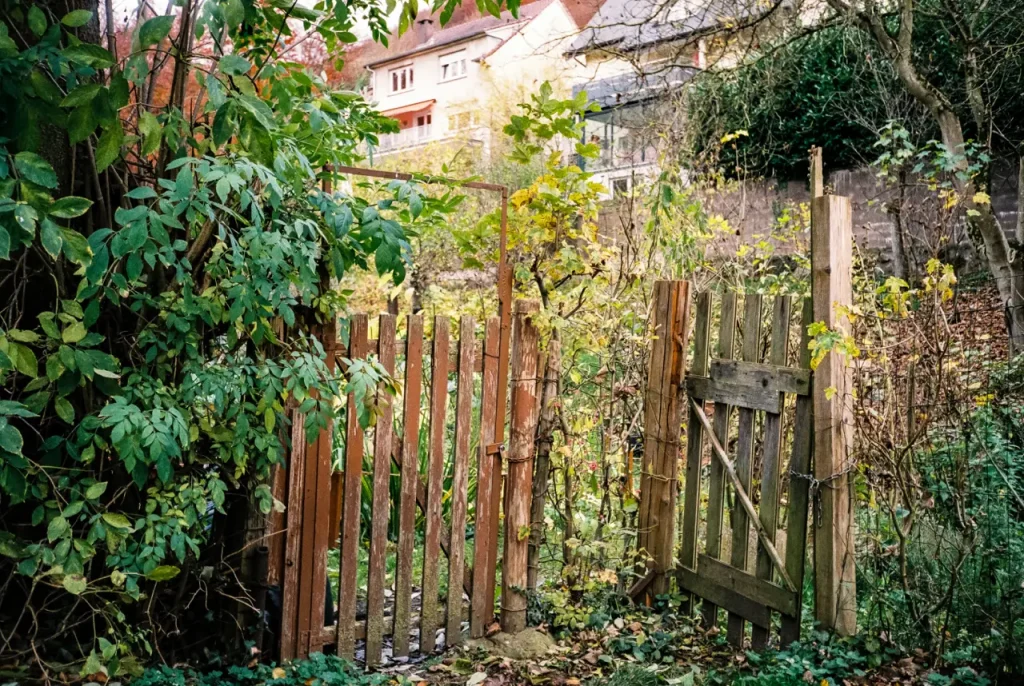
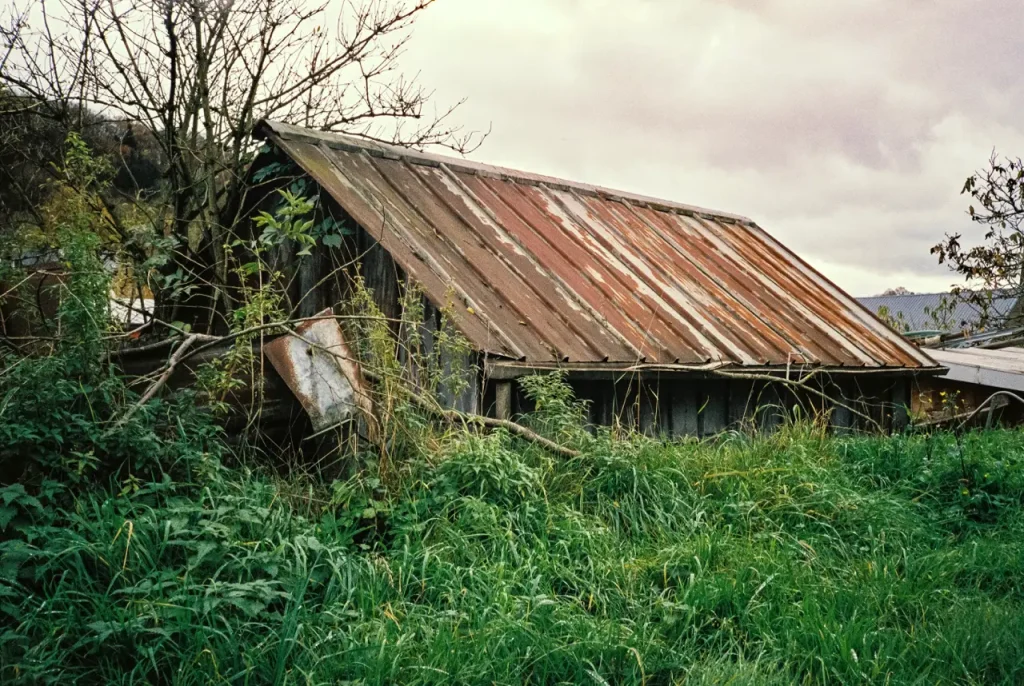
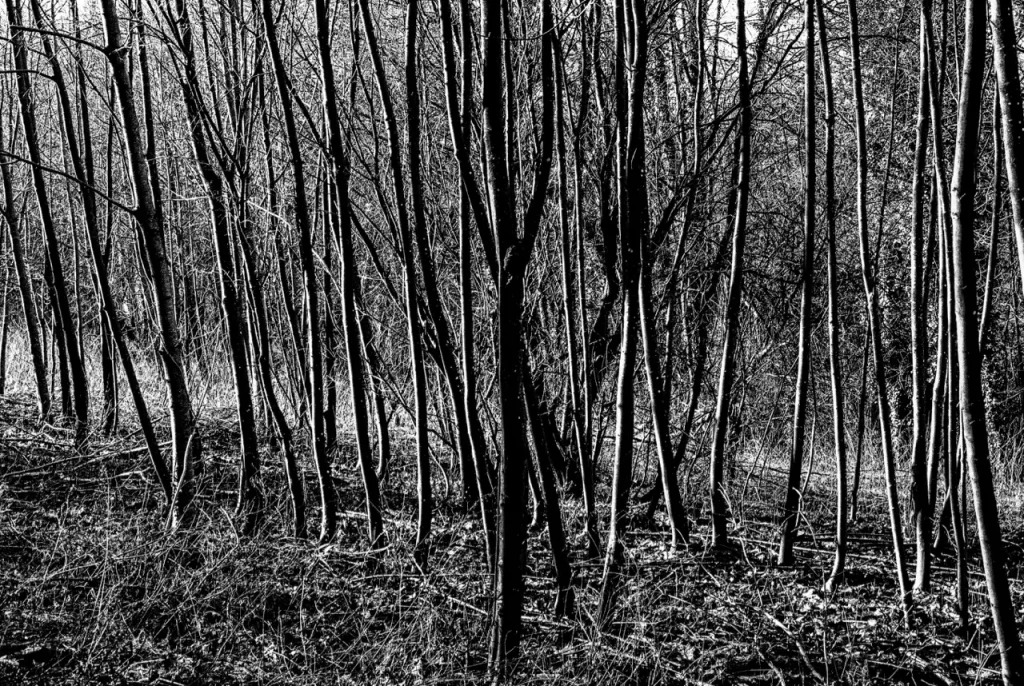
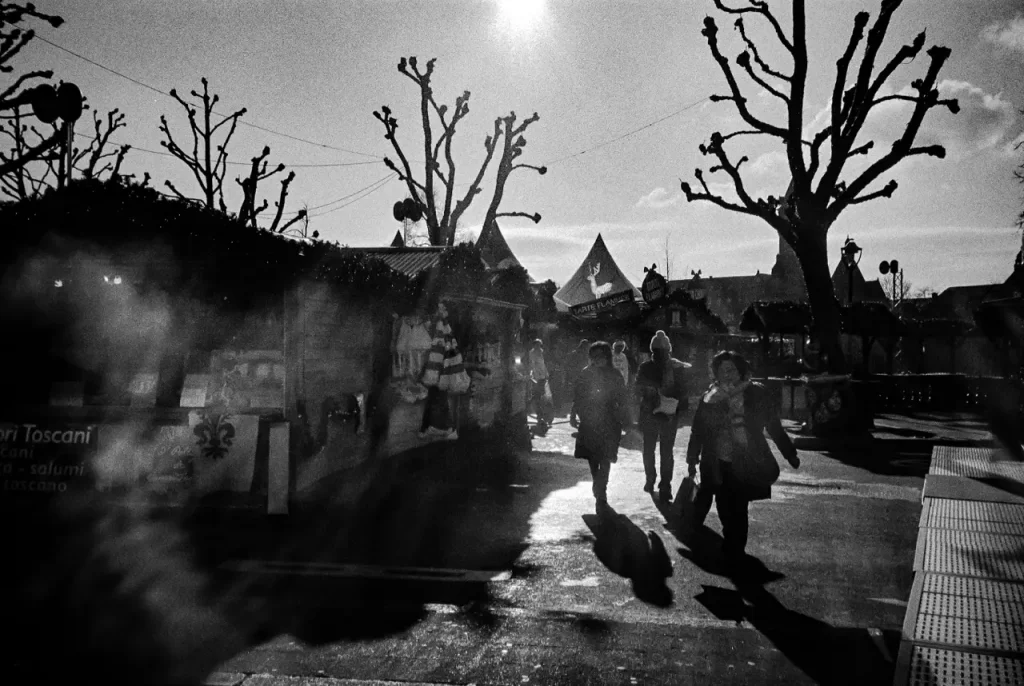
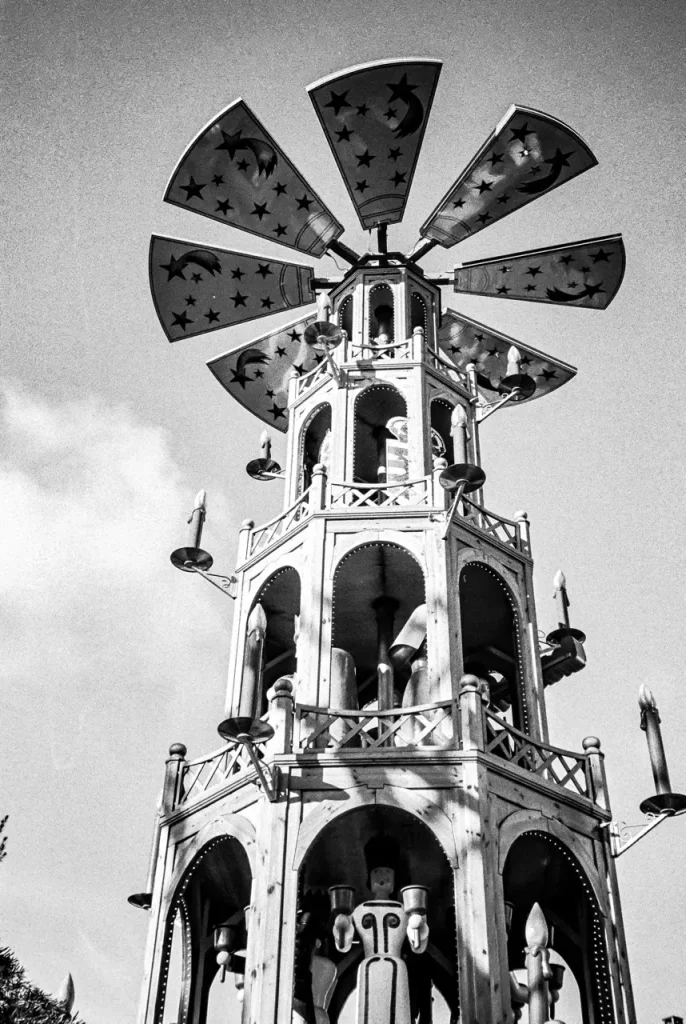
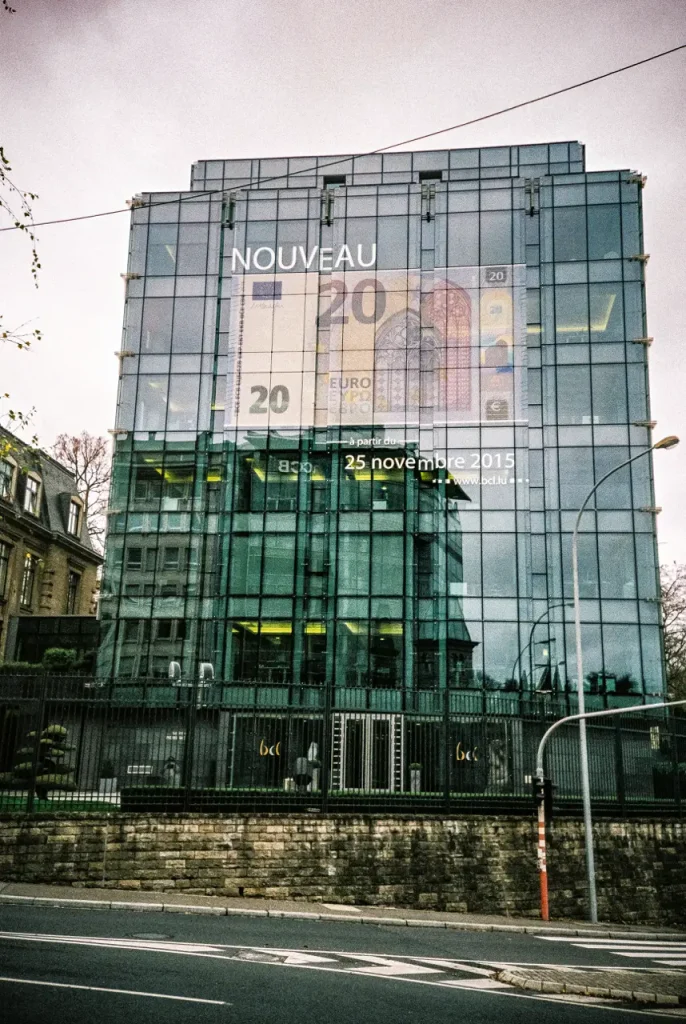
My advice, is to just go ahead and try out MeinFilmLab – they reply VERY fast to any question (German and English)
I should just say that I am not affiliated in any way with them – I won’t even get a rebate… And of course there’s lots of other labs around, just check online in your region.
Even more shots on my flickr here
Share this post:
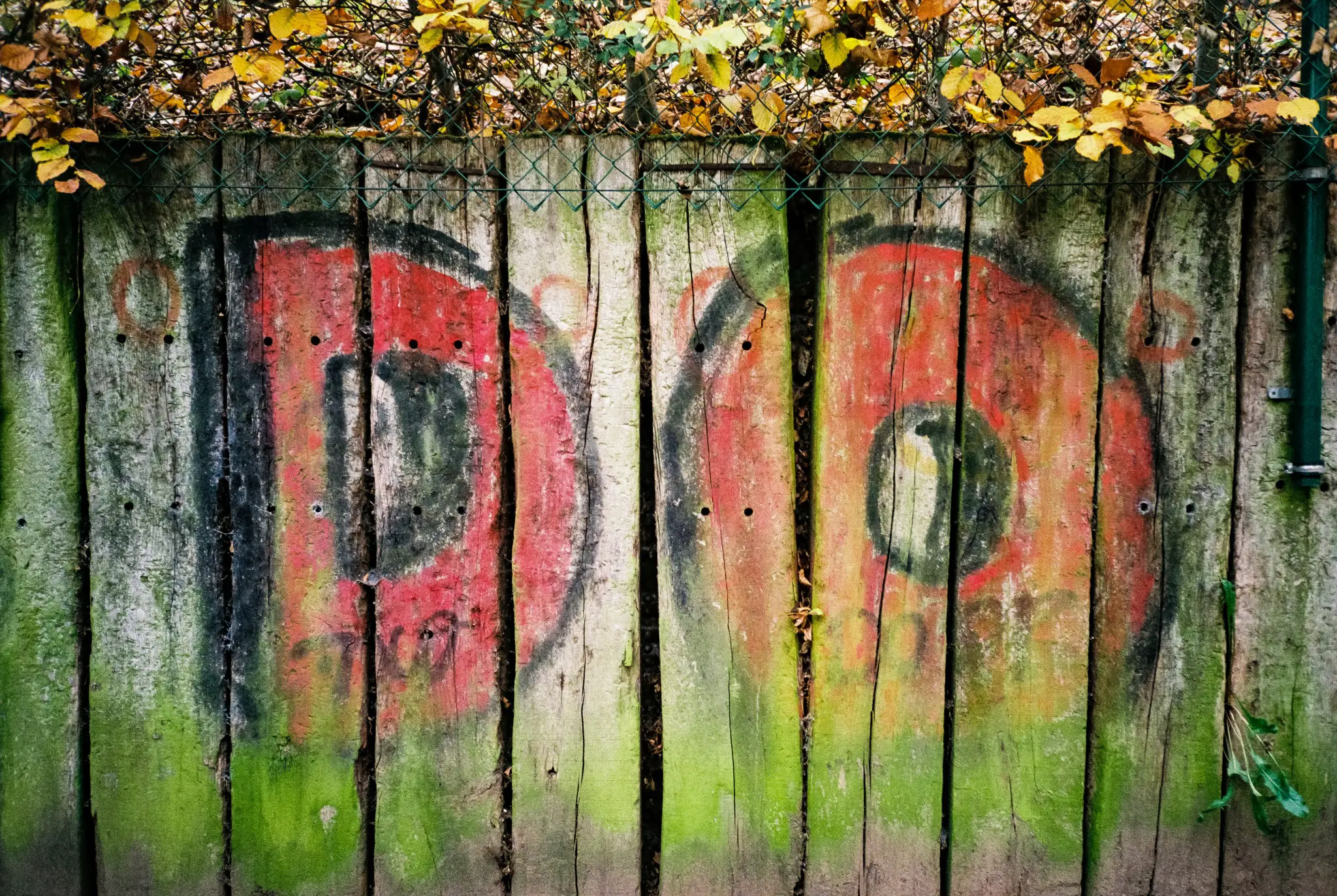








Comments
Hamish Gill on Discovering the professional scan – Guest post by Frank Lehnen
Comment posted: 08/02/2016
Very nice though, and of course, millage varies on that sort of thing!
Frank Lehnen on Discovering the professional scan – Guest post by Frank Lehnen
Comment posted: 08/02/2016
All being said, I would not call the price 'small cost' unless you shoot very sparingly. But in my opinion the convenience outweighs the cost by far.
Comment posted: 08/02/2016
Comment posted: 08/02/2016
Comment posted: 08/02/2016
Comment posted: 08/02/2016
Comment posted: 08/02/2016
JKLPHOTO on Discovering the professional scan – Guest post by Frank Lehnen
Comment posted: 08/02/2016
3339x5035 pixels at $11.95/roll. Add another $6.90 for excellent film processing and you have almost $20 USD. BUT, they are doing the tedious and time-consuming job of scanning and outputting a beautiful, color-corrected 16.8 MP file. Never any scratches or dust spots.
If one must scan 35mm film, try to locate a used Pakon F135 Plus. They were used by minilabs during the early 2000s and require no film holder. Just feed your film in one end and out it spits from the other end. Only 3000x2000 pixels, but these were commercial scanners made for speed. Check out the Facebook group for "Kodak/Pakon F135 Scanner" group. One was for sale in Germany recently, but may already be sold.
Comment posted: 08/02/2016
Claudio on Discovering the professional scan – Guest post by Frank Lehnen
Comment posted: 08/02/2016
Even if the setup and the learning curve is quite time consuming, at least for me, I must say that you can get much better results with a digital camera scan than flat scanners.
Laidric Stevenson on Discovering the professional scan – Guest post by Frank Lehnen
Comment posted: 08/02/2016
Like I said, 5 years ago I would have agreed with everything you said (at that time I was using Northcoast photo with a bit of Richard Photo Lab in California as my lab), but I really started to enjoy the process of scanning (as I didn't have the space to setup an enlarger).
Frank Lehnen on Discovering the professional scan – Guest post by Frank Lehnen
Comment posted: 08/02/2016
Eddy on Discovering the professional scan – Guest post by Frank Lehnen
Comment posted: 08/02/2016
If I'm really confident that I got a good proportion of keepers on a roll or if time is super-short, I go for combined dev and scan at the lab and don't worry about the extra £5. Quick and easy. I use either AG labs or my recently improved branch of Snappy Snaps in Oxford, UK.
But for most rolls I go dev only (either from the lab or home developed black and white). I try to do these in batches of 3/4 rolls. Then I very quickly 'camera-scan' the negatives on a lightbox. With 35mm film, a 16mp digital camera and cheap manual macro lens it takes about 8-10 minutes per roll for an acceptable level of quality. These are as good or even better than a high end Epson flatbed and if I slow things down a bit aren't far off the Nikon scanner. I treat these as digital 'contact sheets'. I sometimes choose to include the spools for a hipsterish lomo look, but usually not. Great for screen use and ok for printing small - ie. 99% of the images 99% of the time. Then just a few favourites I know I might want to enlarge or edit on a big calibrated monitor get slowly scanned at maximum quality on an old Nikon LS40 (I agree with you that's a fine machine). For maybe a dozen shots a year - the ones I really really like - I send individual frames to Ag labs for a high-res scan / optical print. This way the money I spend is reduced overall but what I do spend is invested disproportionately in my favourite photos. Incidentally, Ag lab prints are second to none in my experience - really wonderful quality and very fairly priced. I use them for digital images as well as film.
It takes a bit of practice and trial and error to get into the flow of camera-scanning and does depend on the equipment you have to hand but I don't see myself changing any time soon. And for home developed black and white means I can get from finishing a roll to sharing the images within about 1.5 hours, all for the cost of the film and pennies on chemicals.
Thanks again for posting. I've a feeling the discerning readers of this site will have a lot to offer on this topic and I'm looking forward to the discussion.
Comment posted: 08/02/2016
Johannes on Discovering the professional scan – Guest post by Frank Lehnen
Comment posted: 08/02/2016
Comment posted: 08/02/2016
Blinx on Discovering the professional scan – Guest post by Frank Lehnen
Comment posted: 08/02/2016
I accept scans for what they are, work "prints" most of which will get no further than the internet. Scanning is a hybrid process for which C41 colour negatives were never designed. It's great that technology is improving and I'm willing to be convinced as to the brilliance of scanned prints, but about 75% of my output is Poundland film home developed in the sink, from which I expect 1 or at most 2 keepers. They are flatbed scanned at a mere 800 dpi, with the best negs getting the 48000 treatment, which is good enough for internet sharing. on the rare occasions a genuinely good imge emerges, I get it professionally printed. The black and white stuff I print wet.
Comment posted: 08/02/2016
Des McSweeney on Discovering the professional scan – Guest post by Frank Lehnen
Comment posted: 08/02/2016
Stephen on Discovering the professional scan – Guest post by Frank Lehnen
Comment posted: 08/02/2016
I have an old Nikon Coolscan 4000ED, I bought a top of the line quad core PowerMac (£40) and use the Nikon supplied software on OSX 10.5 (leopard).
The scans are pretty good, but not what I would use to hang on the wall.
J-BO on Discovering the professional scan – Guest post by Frank Lehnen
Comment posted: 08/02/2016
joby on Discovering the professional scan – Guest post by Frank Lehnen
Comment posted: 08/02/2016
http://www.bristolcameras.co.uk/p-develop-and-cd-only-colour-35mm-colour-aps.htm
They are VERY fast and great quality for 99% of my needs. I can post of individual negs after if need be....
rollbahn on Discovering the professional scan – Guest post by Frank Lehnen
Comment posted: 08/02/2016
I eventually purchased my own Frontier scanner (again got it very cheaply) and now I send out my films for developing and do all my own scanning. Bit of a learning curve at the start but the Fuji software is pretty simple once setup. Being able to get "that" look at home feels pretty good....until you realise that you now just HAVE to go back and scan all your old negs again :)
Of course anyone can buy a Fuji or Noritsu - the trick is having a good lab who knows what they are doing.
The Fuji can pump out a very bad looking scan that is awash with jpeg artifacts and over-sharpened etc OR it can easily do a very sharp and beautiful scan - the only difference is what how software is set and waiting time. I can scan, process and save 5300 x 3600 (approx.) scans from my Fuji in about 15 mins a roll. You can also set it to Walmart style scans and do a roll of 36 on Auto in about 90 seconds :)
Daniel F on Discovering the professional scan – Guest post by Frank Lehnen
Comment posted: 08/02/2016
Christian Rodriguez on Discovering the professional scan – Guest post by Frank Lehnen
Comment posted: 09/02/2016
Charles on Discovering the professional scan – Guest post by Frank Lehnen
Comment posted: 09/02/2016
Benn Murhaaya on Discovering the professional scan – Guest post by Frank Lehnen
Comment posted: 09/02/2016
There is still the time spent with scanning. The process is daunting but the LS-5000 can be modded at home, to take the whole strips of 35 mm film. At the highest resolution (4000 dpi) with VueScan, it takes 45 minutes to scan through the film (with some mild ICE setting) and I does not have to touch the scanner during that time. I can edit the previous scanned film, or take a shower, or do whatever. The output I get is in form of a DNG raw file, that I can edit to my liking, apply presets... I had a hard time at first, getting good results but the key is to set a balance and exposure once and then fix the exposure and brightness, save the preset under the name of the film and I am all set. I just recall the preset (and I basically shoot just this one color film, for black and white it is much easier). I have a roll of the sleeves at home so once I am done, I put the film in them, every film is in marked envelope. I have complete control over the process (with color it is except the processing) and I am saving money in the long run. To each his own I say, but I wanted to provide another perspective to this.
If anybody is interested, I can provide you with some samples of my scans. (I am also considering a follow up article).
P.S. Don't take it as a negation of your article. Definitely not, the lab approach has it's ups and having Canoscan 8800F I belive I've walked a mile in your shoes :)
Comment posted: 09/02/2016
Frank Lehnen on Discovering the professional scan – Guest post by Frank Lehnen
Comment posted: 09/02/2016
No problem with your comment. It's the cheap scanner option I was stuck with that brought me to having my film scanned by a lab.
Comment posted: 09/02/2016
Frank Lehnen on Discovering the professional scan – Guest post by Frank Lehnen
Comment posted: 09/02/2016
Do not tempt me to buy another scanner !!! ;-)
Michiel Van Laeken on Discovering the professional scan – Guest post by Frank Lehnen
Comment posted: 09/02/2016
Of course, all of this counts for wet printing as well, but hey, the future is #hybrid!
Comment posted: 09/02/2016
Benn Murhaaya on Discovering the professional scan – Guest post by Frank Lehnen
Comment posted: 09/02/2016
Ned on Discovering the professional scan – Guest post by Frank Lehnen
Comment posted: 09/02/2016
I hope you don't mind me asking this question of you, or any of the other contributors, but for which reason(s) do you want to scan your current film output? Is it for professional purposes or maybe pro photo hosting sites or something?
You can probably tell that I am a (rank) amateur. But I am keen to learn.
Comment posted: 09/02/2016
Frank Lehnen on Discovering the professional scan – Guest post by Frank Lehnen
Comment posted: 09/02/2016
Ok, this does not require ultra high resolutions, but I always like to get the best out of my negatives. Now I'd like to put together some books when I have all the material I need... but we'll see
Benn Murhaaya on Discovering the professional scan – Guest post by Frank Lehnen
Comment posted: 10/02/2016
Well, first reason is probably to have a sort of digital index print. Even with the Canoscan 8800F that I used for many years, when scanned at 1200 dpi you get pretty decent preview of your photos, that can be used further online. On my site (click on my name in header of this comment), I used to have quite a few pictures from Canoscan. When downsized to 800px wide, I for one cannot tell if the source came from Canoscan or LS-5000. I used many of these scans also as a baseline for my printing. My prints (usually from Kodak Trix pushed to 1600) looked very much like my scans in terms of tonality. So to sum up, the first and foremost is index print/digital sharing. I have an idea what I've shot and if it's any good.
With hi-res scans of course, the applications are broader. Digital print or digital/wet print with decent quality is now possible. The fine details of film grain a lens sharpness can be determined. Unless you are using a grain magnifier in darkroom, you cannot really tell what the film is capable of resolving of. I was quite suprised with the level of detail. Frank mentioned book and I agree. Last summer I published a book (available through my website) and I had to rescan about a first half of the photos on the LS-5000 to get the resolution as they were scanned back in the day on the already mentioned Canoscan. The quality difference is striking not just only in sharpness and resolution but also in bit depth. This was the most time consuming and tedious part of the whole process. To rescan and clean the old negatives digitally.
The last reason is price. Here in Prague, the chepest processing of C41 film is about $3. With digital scans in 1500x1000 px it's $6 and higher resolutions cost way more and even more if you want it in TIFF. With black and white film the processing starts roughly at $6.5 without scanning. If you decide to get the film scanned later, the price is 20 cents per frame again in the lowest resolution (1500x1000). Most of the times, thos files are oversharpenned after they are scalled down, mushy, muddy and overall unpleasant to look at. The only upside is colors. They do pop out. Greens are lush, blues are dark and saturated, browns are toned down and warm and skintones are pale and neat but for what cost? If you have an overexposed photo in the bunch, you'll need to give extra directions (for extra cost) to the lab otherwise, faces lit by a flash will be completely white and there is nothing you can do about it with the 8bit jpg file. I on the other hand can rescan the photo with different exposure value and bring down the levels in Camera Raw as the file is in RAW format.
Also, I've had many times negatives smudged with fingerprints and badly cut from the lab. Now I get only processing and if frees me from these problems.
So even though I don't use it on a professional level in a sense I would make a living out of the pictures, I have the output quality under my control, I am saving money in the long run and whenever I decide that I wanna publish a new book, I can just go through my hi res archives, select the pictures and go to print.
Ned on Discovering the professional scan – Guest post by Frank Lehnen
Comment posted: 10/02/2016
As I suspected, my photographic requirements are fairly rudimentary, others have more advanced requirements.
For me, my photographic journey ends at the JPEG/print/slide, whereas for others, this is merely an intermediate stage.
I made the mistake tonight of looking at a few websites, which explained (?) the technical margins of film-v-digital resolution and boy was I glad that I had a nice single malt handy!
Maybe someday I will overcome my disinterest in sitting at the computer to massage RAW files, but I hope not.
Despite the benefits and performance of modern digital sensors, I still have the preference to shoot film with a fully manual camera, passing around prints or projecting slides.
Yep, I confess, I prefer vinyl to streaming, tube to solid state, imperial to metric, film to digital. I guess that pigeonholes me!
Great site Hamish!
Comment posted: 10/02/2016
Ned on Discovering the professional scan – Guest post by Frank Lehnen
Comment posted: 11/02/2016
One thought has gone through my head since my reply last night, perhaps you or Hamish can enlighten me.
Do the professional modern labs such as AG or Peak digitally print the films that I send to them for process and print?
In my blissful ignorance, I have always assumed that film printing = wet printing, just like in the good old days.
I have a suspicion that I am wrong.
Frank Lehnen on Discovering the professional scan – Guest post by Frank Lehnen
Comment posted: 11/02/2016
Christos Theofilogiannakos on Discovering the professional scan – Guest post by Frank Lehnen
Comment posted: 18/02/2016
Frank Lehnen on Discovering the professional scan – Guest post by Frank Lehnen
Comment posted: 18/02/2016
The flatbed scanners are fine for medium format but for 35mm nothing beats a real film scanner.
Comment posted: 18/02/2016
Frank Lehnen on Discovering the professional scan – Guest post by Frank Lehnen
Comment posted: 18/02/2016
And very nice, graphic photos on your Flickr! I like them a lot!
Comment posted: 18/02/2016
Frank Lehnen on Discovering the professional scan – Guest post by Frank Lehnen
Comment posted: 18/02/2016
The Plustek quality is excellent, true, but color from the Nikon was better for me. And the Nikon was much much faster as it scans strips of 6 negs.
Comment posted: 18/02/2016
Frank Lehnen on Discovering the professional scan – Guest post by Frank Lehnen
Comment posted: 20/02/2016
As well I don't like the Silverfast software, so I'd recommend not to splurge for a version with Silverfish Ai as it's much more expensive. But some people like Silverfast.... so it's up to you to decide.
You might as well try go get a used Plustek 7400 as it's virtually the same as the 8100 or 8200 model, but with older Software. I use Vuescan for scanning - it's a bit cumbersome and has a bit of a learning curve, but it makes up to that with very good quality scans and keeps even older scanner alive on new operating systems. You can as well use it if you change your scanner later.... which is not possible with Silverfast as it's keyed to your specific scanner model you bright it with - change scanner, buy a new license of Silverfast.... I think that's stealing!
Graham on Discovering the professional scan – Guest post by Frank Lehnen
Comment posted: 22/02/2016
I'm awaiting the arrival of a Pakon 135, I'm hoping this will be a good solution. Many people swear by them and they seem to be getting great results without spending countless hours tied to the computer. They have become much more expensive now that supplies have dwindled so I purchased a non-plus version which are currently selling for less than half the price of the 135 but it can scan at the same resolution using the right software just a little slower.
I suspect the prices of the non-plus will increase as all of the plus versions disappear. If this doesn't make life much easier I will probablly give up scanning myself, I might try using a DSLR I've tried it out using a macro lens and light source and it gives very good results with black and white but again colour film is where things get tricky.
Here's just one of many posts you can find regarding the pakon with examples, there's also a very good Facebook group for pakon users and they are very helpful with lots of technical support. https://jcstreetwolf.wordpress.com/2014/12/21/the-kodak-pakon-f135-scanner/
Comment posted: 22/02/2016
Comment posted: 22/02/2016
Comment posted: 22/02/2016
Ken Hindle-May on Discovering the professional scan – Guest post by Frank Lehnen
Comment posted: 14/03/2016
In my case, I usually pay £1-£5 per roll of film (Poundland Agfa to Ektar, basically) for starters. Once it's shot, I have a few options for processing and scanning. I can go to my local supermarket, who will develop and scan (at poor resolution) for £3 or to my local camera shop, who will do dev only for the same price. Their scanning is much better, but costs an additional £5. It's not a bad price, by any means, but it's clear that a scanner will pay for itself quite quickly, provided you can get equivalent results out of it.
I managed to find an Epson V500 that was being sold for almost nothing by a charity shop because they didn't have a powersupply or film holder for it. By the time I'd replaced those, the whole thing cost me just under £50, so had paid for itself within ten rolls. In terms of quality, it's pretty similar to what I get from the LCS and way better than the supermarket. It is fairly slow, but I've found that turning off Epson's ICE technology will get it down to under two minutes per frame at 3200dpi. I usually scan while watching TV or writing, putting in two new negs every fifteen minutes. The biggest challenge in dust removal, as even with a blower and antistatic cloth some still creeps in. An additional drawback with a used scanner is that over time, a sheen of oily residue and fibres from the nylon gears builds up on the underside of the glass. It's not that hard to open and clean off, but doing so without introducing new bits of dust in the scanning area is difficult and frustrating.
I think it's worth it, though. Affordability is a big issue for film and anything that can substantially lower the cost per frame is worth thinking about. I've also started doing my own B W processing because it's so expensive to get done in a lab now, and I hope to add C41 to that later in the year (cross processing for pennies!). My aim is to make the process cheaper to the point where I can shoot on nice film all the time, as I've found this makes a huge difference to the final images.
Frank Lehnen on Discovering the professional scan – Guest post by Frank Lehnen
Comment posted: 14/03/2016
I have 3 more rolls ready to send to my lab for developing and scanning. There go another 53€... not counting the price of film and postage. That amounts to over 90€ this month alone.
In the end that leaves 2 alternatives: going digital, something I want to avoid, and home developing and scanning.
We'll see, I give me at most 2 more months to decide.
But I will never give up my Oly XA2 and Lomo LC-A!
Frank Lehnen on Discovering the professional scan – Guest post by Frank Lehnen
Comment posted: 25/03/2016
I' m just not sure which one? I want a very good one that can scan whole strips or a whole roll in one go and have my eyes on a Reflecta RPS 10M. Not cheap but seems great!
Any ideas out there?
A case for home scanning & the Plustek OpticFilm 8200i - 35mmc on Discovering the professional scan – Guest post by Frank Lehnen
Comment posted: 08/04/2016
Jordi P. on Discovering the professional scan – Guest post by Frank Lehnen
Comment posted: 16/10/2016
Basic variables are: Time, Control Over results, Price & Resolution.
I'm partial to lab scanning. Great at time management but it is hard to control the results, and price handles just about everything. I think I'll be going back and forth for a while again. Just because preference and lifestyle change.
I shoot mainly 120 with some 35mm. Thought I'd leave 35mm because 15€ (dev scan) 5 to 8€ per 135 roll was becoming steep and got me a v550 for 120 (Fuji 690), wich lab scanned is about 12€a roll. NOT fun to see the bills/receipts of payment! I use Carmencita film lab here in Spain (excellent).
I've recently graduated from student status but not income wise still. My hour wage is still under the threshold to compensate time wise. Optimization of savings to its essence.
Homescanning 135 with a flatbed is a rather torturous too little too late (lowres & slow) affair. 120 is alright and the V550 can do well with Portra (Stock Epson scan) and with just 8 frames per roll and taking it easy, it can be a just entretainment.
But then the amount of control can lead to fiddling settings a whole time, the v550 has troubles with deep shadows and highlights so Frontier Noritsus do actually have an edge, specially when going pastel airy with the 400 C41 films.
Airy Portra or 400H look is much easier lab scanned, given their specialization (it seems to be all down to Contax 645 and Fuji 400H). But then the Jpegs will be just that (Perhaps I'm overstating it now).
Standard Lab 120 scans are a wee smallish (2400px h 8MP) and it feels a lot is lost on a 6x9 frame. Even though practically it just is enough for casual use (8x12"). I should repeat this to myself! But it is beautiful to have a 7K wide TIFF file and keep looking closer and closer with detail and abilty to fiddle with (even the V550 is fair).
I've been imaginative, experimenting with my Summer film:
Discovered a Russian lab (lighthouse film lab) which, thanks to the EUR-RUB exchange and lower prices, does have a huge value (it wasn't that fun when my August batch took a whole month to get there, September one just 10 days). 2400px for 7€ and 3600px for 9€. Then there was a guy in Ireland that has a small photostore and scans with a Pakon for 4GBP a roll. Much easier for casual 35mm. For autumn and winter I'm halting 35mm quite a bit and will be 6x9 for the meantime. I still have an amazement with Frontier scans and wondered if there was a way renting. Found (but not tried) "Film Scan Berlin" which supposedly rents out the SP3000 virtually!
I just need a holiday expedition to somewhere tropical and shoot 30 rolls. :) In my top 10 reasons why I want to be rich is to not worry about film scanning. Add up, and a few rolls equal a Ryanair escapade.
Comment posted: 16/10/2016
Reflections on a Reflecta RPS 10M - review by Frank Lehnen -35mmc.com on Discovering the professional scan – Guest post by Frank Lehnen
Comment posted: 14/01/2017
Anton Kievlyanin on Discovering the professional scan – Guest post by Frank Lehnen
Comment posted: 14/01/2017
I wonder why one can't find good service for Nikon Coolscan in Europe or USA. Of course, I think, official service is no longer available, but there must be proffesional repairmen who can do this job. Personally, I would recommend Sergey Zykov from Moscow (https://www.facebook.com/profile.php?id=100010018326806&fref=ts). As far as I know, he is servicing Coolscans for almost 10 years and gained very good reputation.
As for scanning technique, I recommend using a flatbed scanner with great transparent originals size to make digital contact sheets and a filmscanner for scanning selected frames. If you use transparent sleeves, just put a sleeve on the flatbed scaner's glass, frame, scan with medium resolution and voila! - you get a digital contact sheet. With my HP G4050 i can scan 5 or 6 strips at once. Then select the frames you want to scan in high resolution and get the TIFFs with your film scanner. In my case it's a Minolta AF2820U (Scan Dual II).
Comment posted: 14/01/2017